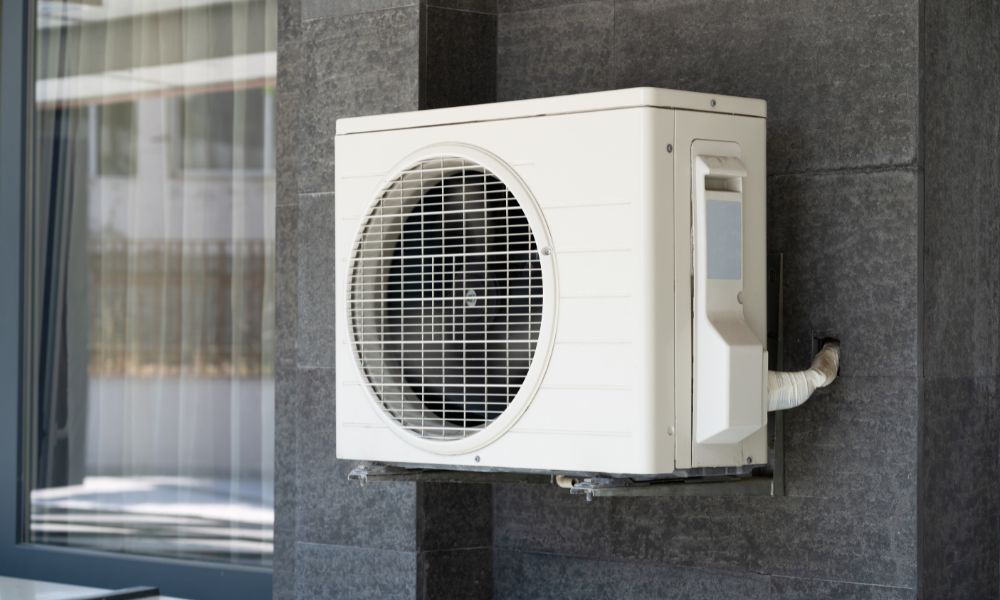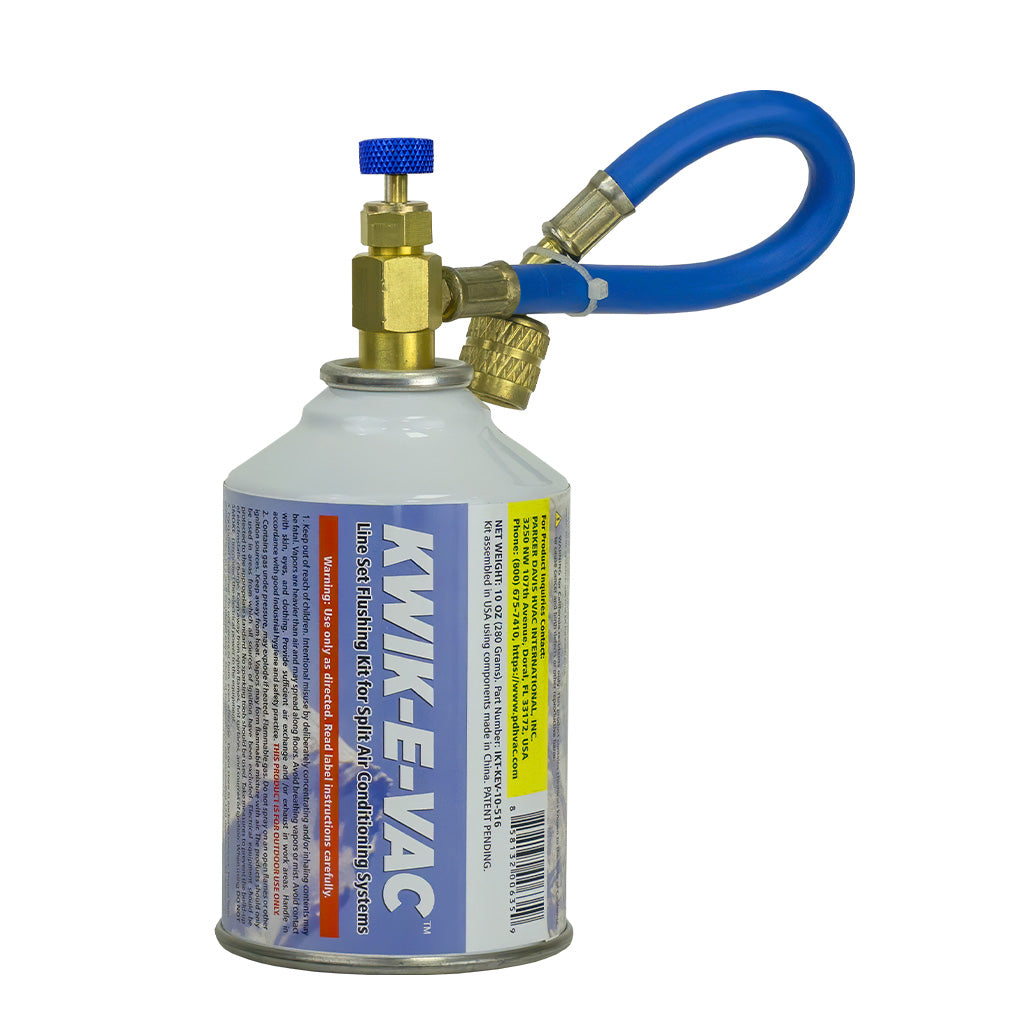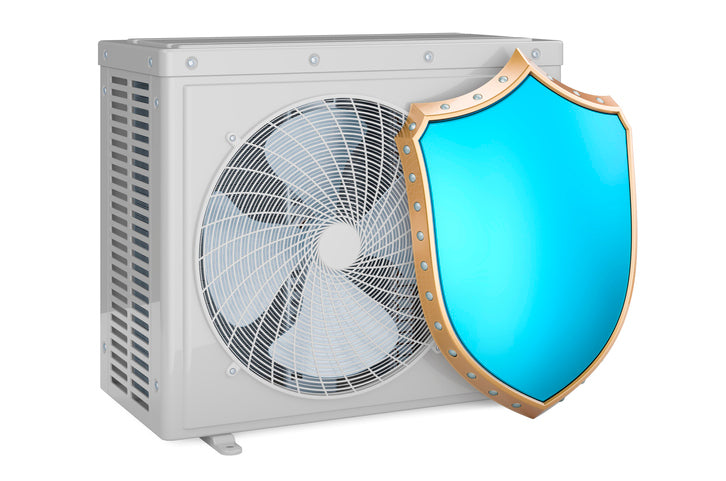Choosing a Cooling System for Your Rental Property

Happy tenants stick around. The surest way to keep tenants happy is to provide and maintain a clean and comfortable property. This extends to climate control. When the temperatures rise or fall, tenants want to control their residence’s heat and coolness. Of course, providing the systems that can do that will cost you. It’s best to consider all available options when choosing a cooling system for your rental property.
Measure for Measure
Before shopping for an HVAC or similar system, take the time to measure the dimensions of the room or apartment you intend to cool down. You need to find the sweet spot between getting a system that can do the job without using too much power. Every unit offers a certain number of British Thermal Units (BTUs), which is a heat measurement and can help you determine how much energy the unit requires to operate.
Calculate cooling capacity by multiplying the square footage of the room by 20. This value will indicate the number of BTUs required to cool it down. A too-small unit will struggle to keep a room cool, consume more electricity, and wear out quickly. Too large, and you’re just wasting energy.
Ducted or Ductless
One big determiner of the cost of a system is whether it requires ducts to bring in outside air. The cost of installing ducts, on top of the price of the unit itself, can be dear. On the other hand, you can easily attach pre-installed ducts for a heating system to a new cooling system. Similarly, if space doesn’t allow for the installation of ducts, then ductless alternatives, such as a mini split complete kit, will work. A single ductless mini split can provide plenty of cooling power for a small apartment or studio.
Look for High-Efficiency Units
When purchasing a unit or units, look for high-efficiency devices with a seasonal energy efficiency ratio (SEER) rating. You can find this information somewhere on the casing or in the manual. SEER is a measurement of how well the unit turns electricity into cool air. If a unit has a SEER rating of over 14.5, it’s energy efficient and will have an Energy Star emblem.
A high-efficiency unit may cost more, but it’s worth it in the long run. Units with high SEER ratings can cut utility costs by as much as 30 percent!
Find the Right Contractor
Unless you’re extra handy and have plenty of time to do the installation yourself, be prepared for the extra cost of a professional installation. Seek referrals from other property owners, and check online reviews and ratings to ensure past clients are satisfied with the installer’s work quality and ethics. Insist on a written estimate before they proceed. Make sure they offer a warranty on labor, as well—at least a year after installation.
If you have other questions about choosing a cooling system for your rental property, contact us today!







